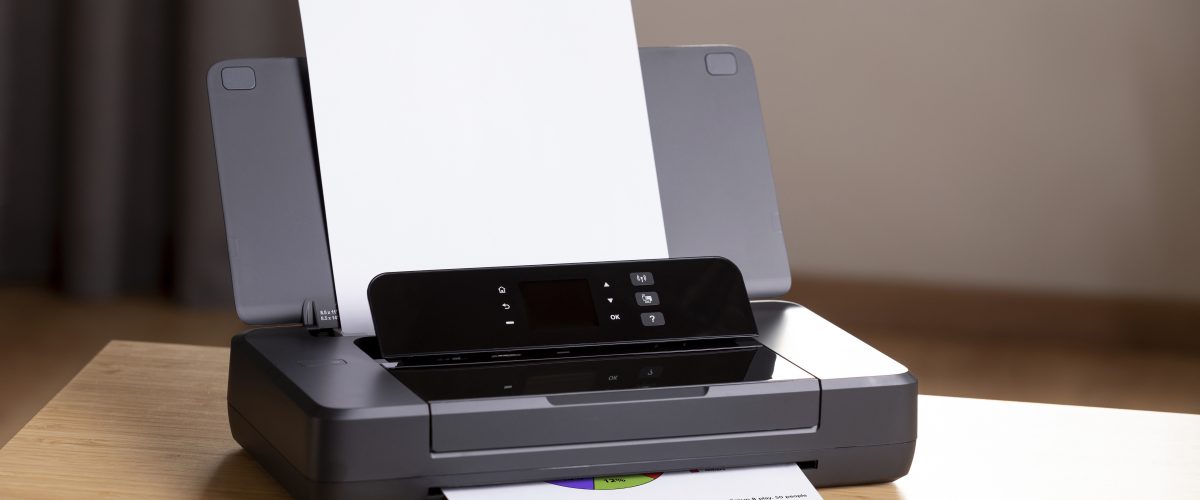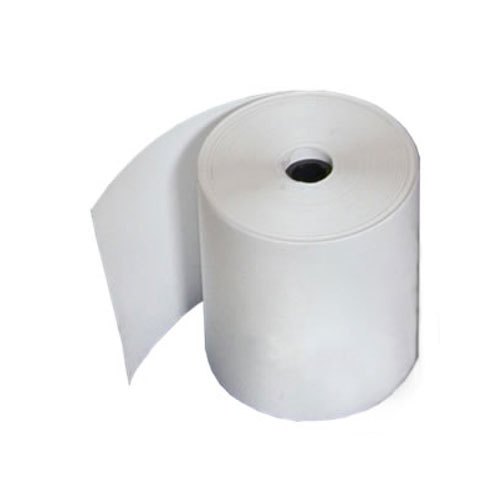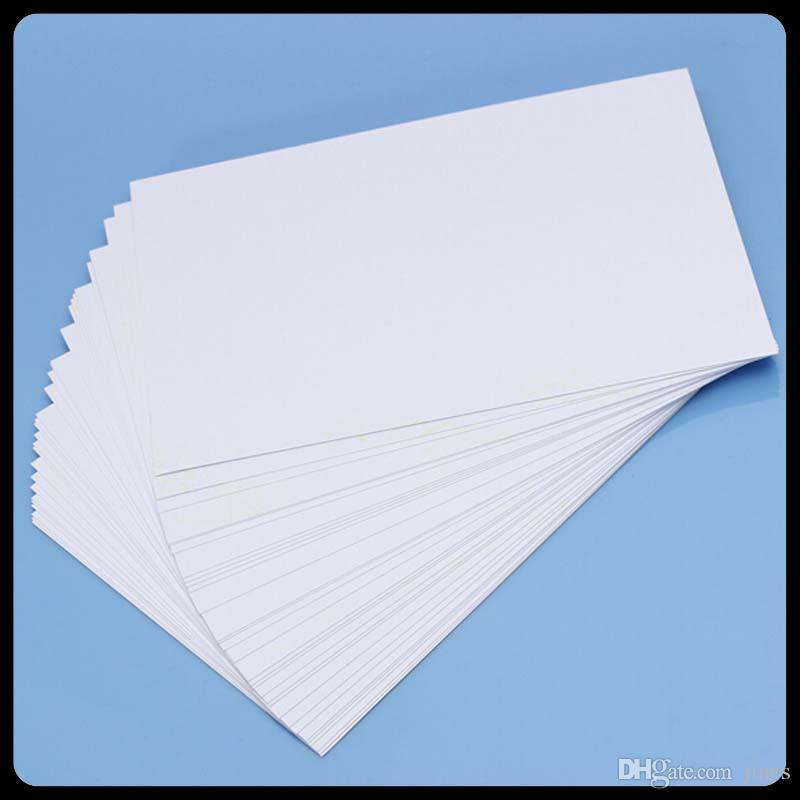Are you looking for the perfect paper to achieve high-quality prints? This comprehensive guide will help you navigate the world of printing papers, providing valuable insights and expert advice on choosing the right paper for your printing needs.
In today’s digital age, where screens dominate our lives, the power of print still holds a special place. Whether you’re a professional photographer, a graphic designer, or simply someone who enjoys printing personal memories, selecting the right paper is crucial for achieving stunning, vibrant, and long-lasting prints. The paper you choose can greatly impact the quality, texture, and overall appearance of your prints.
Printing is an art form that involves meticulous attention to detail and a deep understanding of materials. Selecting the appropriate paper involves considering factors such as weight, finish, color, and archival properties. In this section, we will explore each of these elements, providing you with the knowledge you need to choose the perfect paper for your printing projects.
1. Weight Matters: Understanding Paper Thickness
Choosing the right weight for your paper is crucial, as it directly affects the durability and feel of your prints. Paper weight is measured in grams per square meter (gsm), and it ranges from lightweight (80 gsm) to heavyweight (300 gsm). The weight you choose depends on the type of print you want to achieve. Lighter weights are suitable for everyday prints, while heavier weights are ideal for high-quality photographs and professional projects
2. Finish Options: Glossy or Matte
The finish of your paper greatly influences the final appearance of your prints. Let’s explore the three most common finishes and their characteristics:
a. Glossy Finish: Vibrant and Reflective
Glossy paper is known for its shiny, reflective surface that enhances color saturation and sharpness. It provides a vibrant look, making it ideal for showcasing photos or images with high contrast. However, keep in mind that glossy prints are prone to fingerprints and reflections, which might affect visibility in certain lighting conditions.
b. Matte Finish: Subtle Elegance
Matte paper offers a non-reflective surface, resulting in a more subdued and sophisticated look. It reduces glare and provides a smooth texture, making it suitable for various printing applications. Matte finishes are often preferred for black and white photography, fine art prints, and text-heavy documents.
c. Satin or Semi-Gloss Finish: Striking a Balance
Satin finish paper strikes a balance between glossy and matte. It provides a slight sheen while reducing glare and fingerprints. This finish is versatile and works well for a wide range of prints, including portraits, landscapes, and brochures.
3. Color Considerations: White, Bright, or Off-White
The color of your paper plays a crucial role in how your prints appear. Most papers come in three color options: white, bright white, and off-white. Let’s delve into their differences:
a. White: A Classic Choice
White paper provides a neutral backdrop that allows colors to shine. It is suitable for various types of prints, from everyday documents to vibrant photographs. If you’re unsure which color to choose, white is a safe and versatile option.
b. Bright White: Enhanced Color Vibrancy
If you’re aiming for prints with vivid and accurate colors, bright white paper is an excellent choice. It offers enhanced color vibrancy and is particularly well-suited for detailed and
c. Off-White: A Touch of Elegance
Off-white papers, also known as cream or ivory, lend a touch of elegance and warmth to your prints. They can add a vintage or nostalgic feel, making them popular for wedding invitations, artistic prints, and other special occasions.
4. Archival Quality: Preserving Your Prints
If longevity is a priority, selecting archival-quality paper is essential. Archival papers are acid-free, lignin-free, and made from high-quality materials that resist yellowing and deterioration over time. These papers ensure your prints will remain vibrant and intact for years to come. When choosing archival paper, look for labels such as “acid-free,” “archival,” or “museum-grade” to guarantee the longevity of your prints.
5. Understanding Print Compatibility
Not all papers are compatible with every type of printer. Different printing technologies, such as inkjet and laser, have specific paper requirements. Ensure that the paper you choose is compatible with your printer to achieve optimal results. Check the printer’s specifications or consult the manufacturer’s guidelines to determine the recommended paper types.
6. Consider the Purpose: Tailoring Paper to Your Needs
The purpose of your prints should also guide your paper selection. Consider the following factors when choosing the right paper for your specific needs:
- Text or Graphics: If your prints primarily consist of text or graphics, selecting a paper with a smoother surface can enhance readability and image clarity.
- Photos or Artwork: When printing photographs or artwork, opt for a paper that brings out the richness of colors and details, such as a glossy or satin finish.
- Presentation Materials: For professional presentations, choose a paper that adds a touch of sophistication, such as a high-quality matte or semi-gloss paper.
FAQ
Consider the type of prints you want to achieve. For everyday documents, 80 gsm is typically sufficient. For high-quality photos or professional projects, opt for heavier weights ranging from 200 to 300 gsm.
While glossy paper enhances images, it may not be ideal for text-heavy documents. The reflection and glare can make the text less legible. In such cases, matte or satin finishes are better options.
Archival papers come in various price ranges. While some high-end options can be costly, there are affordable archival-quality papers available as well. It’s important to balance your budget with the desired longevity of your prints.
Inkjet printers often have specific paper recommendations due to the ink absorption properties. Using the wrong paper may result in smudging or color distortion. Check your printer’s specifications for the recommended paper types.
Off-white paper may add a vintage or warm touch to your prints but can affect the vibrancy of colors. If vivid colors are important for your prints, it’s best to choose white or bright white paper.
Conclusion
Choosing the right paper for printing is a vital step in achieving exceptional print results. By considering factors such as weight, finish, color, archival quality, and print compatibility, you can enhance the visual impact and longevity of your prints. Whether you’re printing personal photos, creating marketing materials, or showcasing your artwork, selecting the appropriate paper will elevate the overall quality and presentation of your prints.
Remember, each project has unique requirements, and understanding the purpose and desired outcome will guide you in making the best paper choices. Don’t hesitate to experiment with different papers to find the perfect match for your specific printing needs.
So, the next time you embark on a printing project, keep this comprehensive guide in mind as your trusted companion. Choose your paper wisely, and watch your prints come to life with vibrant colors, sharp details, and a professional finish.
Looking for a reliable source to purchase high-quality printing papers? Look no further than NatcomStore! With an extensive range of premium papers suitable for various printing needs, NatcomStore is your one-stop-shop for all your paper requirements. Visit NatcomStore today and explore their wide selection of papers to enhance your printing experience.






